How to care for your Indoor Banana Plants
Banana plants are among the easiest of exotic plants to grow and new species are introduced all the time.
The banana tree is actually an herbaceous perennial (the world’s largest) despite being referred to as a tree. What looks like a trunk is actually tightly bound banana leaves.
Bananas are either indoor (can go outside in the summer only) or hardy (can be planted in the ground permanently). They are extremely fast growing plants and in a single season a banana tree can grow as much as 12 feet.
Unlike Ensete ventricosum, the Abyssinian banana, Musa species produce suckers (baby plants) and relatively soon create a large clump, radiating out from the original plant.
Either indoors or hardy, the bananas have a pretty small list of requirements and they all need to be “in generous amounts”: water, space, sun, and feed.
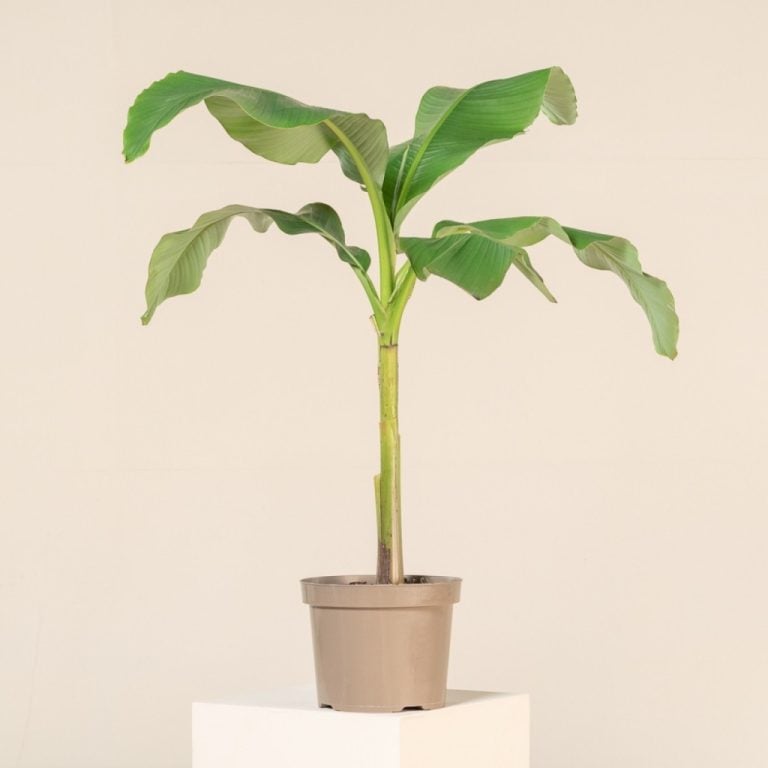
Positioning
Indoor bananas need to be positioned in a bright room but without in direct exposure to sunlight.
The plants will benefit from high humidity in the room.
Mist often the leaves to improve humidity around the plant.
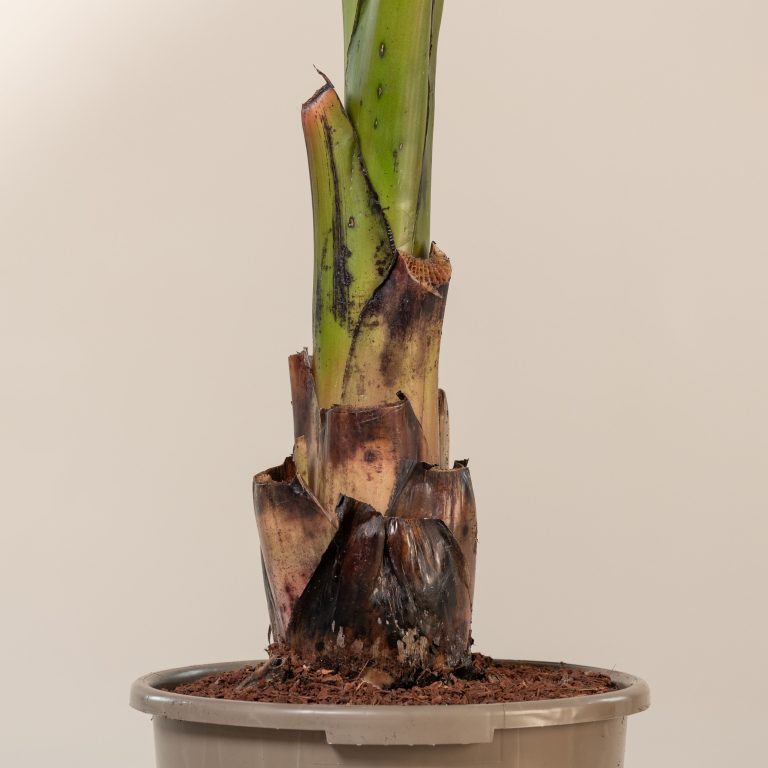
Growing indoors
The species of bananas that are suited for indoor use are dwarf varieties of the tropical species that actually make your everyday bananas.
When you buy one, they generally come in a very small pot and most likely will be pot bound. This is mainly done to keep them smaller for longer before getting home with you.
Repotting them as soon as possible will immediately trigger growth. Don’t be put off by their small size. In the span of a few months they will become much larger.
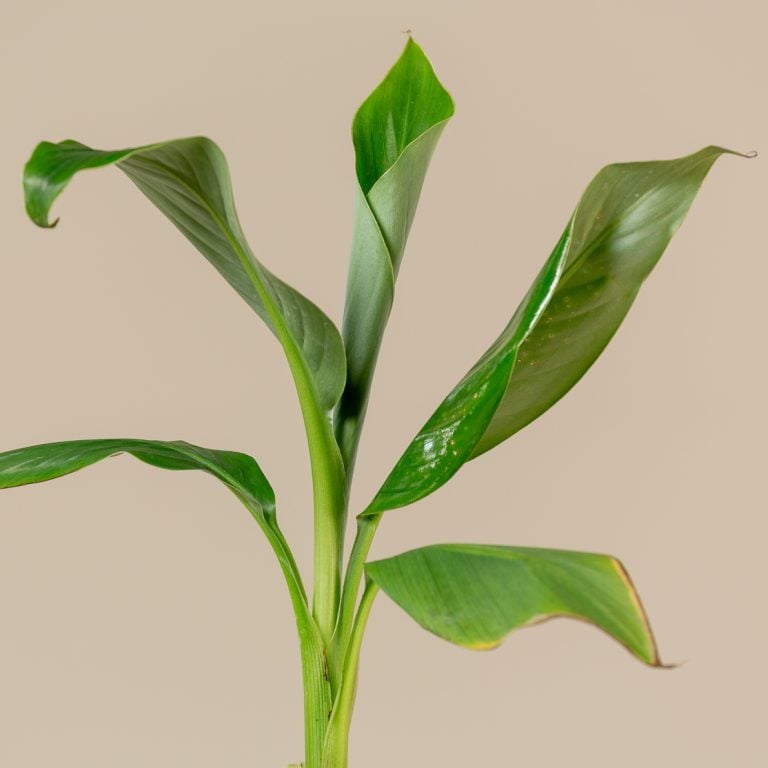
Soil
Bananas are thirsty plants , requiring generous watering during the growth period. However, they hate to have their roots sit in water.
If kept in a pot, banana plants will require a good quality rich soil or multi-purpose compost to draw nutrients from.
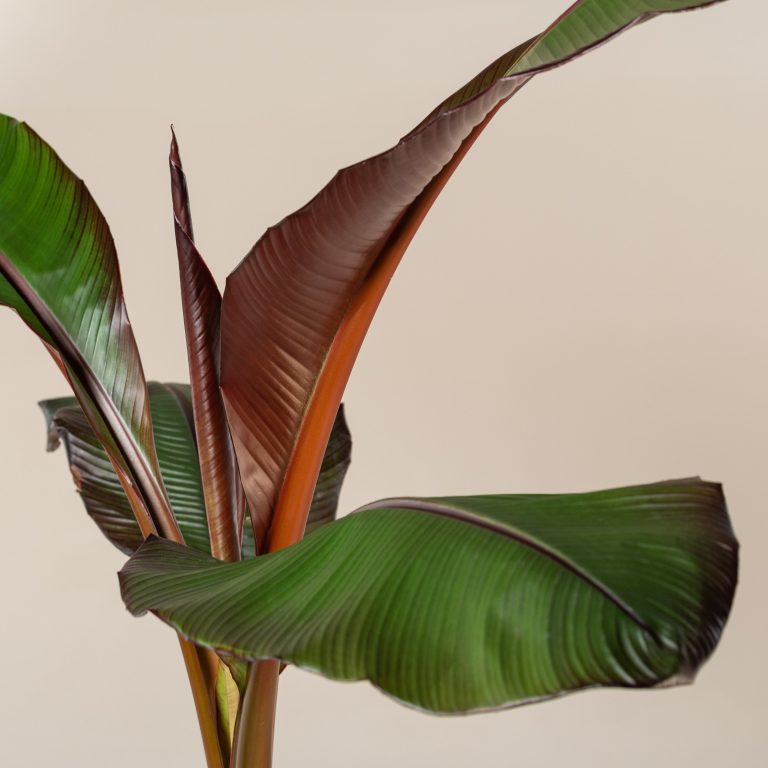
Feeding
All banana plants require heavy feeding due to their speed of growth. Any balanced fertilizer will do, e.g. liquid seaweed, Osmocote.
If using slow release fertiliser, apply it near the stalk base. Alternatively, soluble fertilisers can be used when watering the plant.
Feed during the active growing period, between March and September.
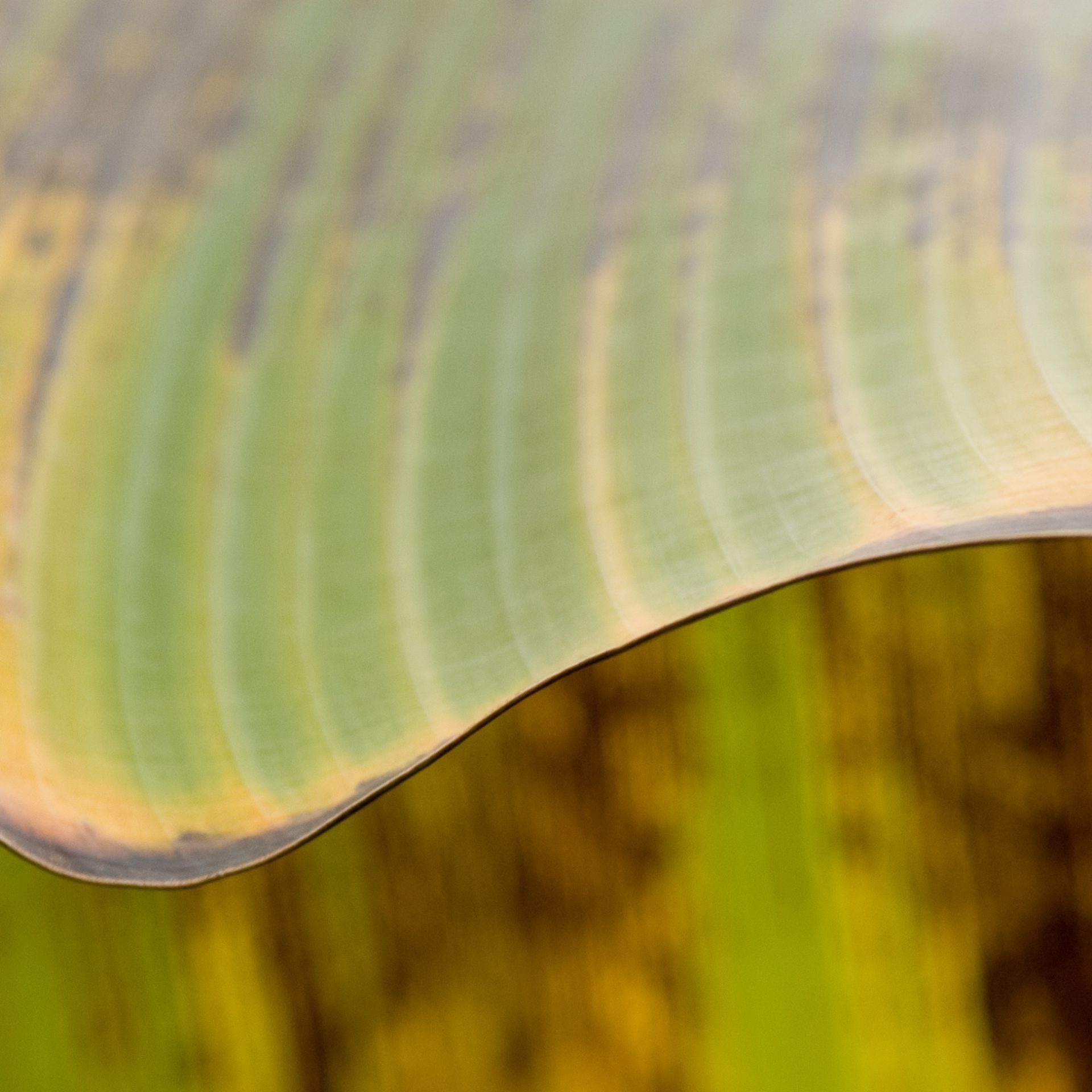
Watering
Indoor bananas plants require large amounts of water to sustain the massive size of their leaves. Don’t let the roots sit in water though, as this will kill them.
Choose a pot with a subirrigation system, if you want to be worry free and water the plant less frequently.
As the microclimate in the average home is usually dry, misting the leaves in the morning, every other day, prevents dry tips and edges on the leaves.
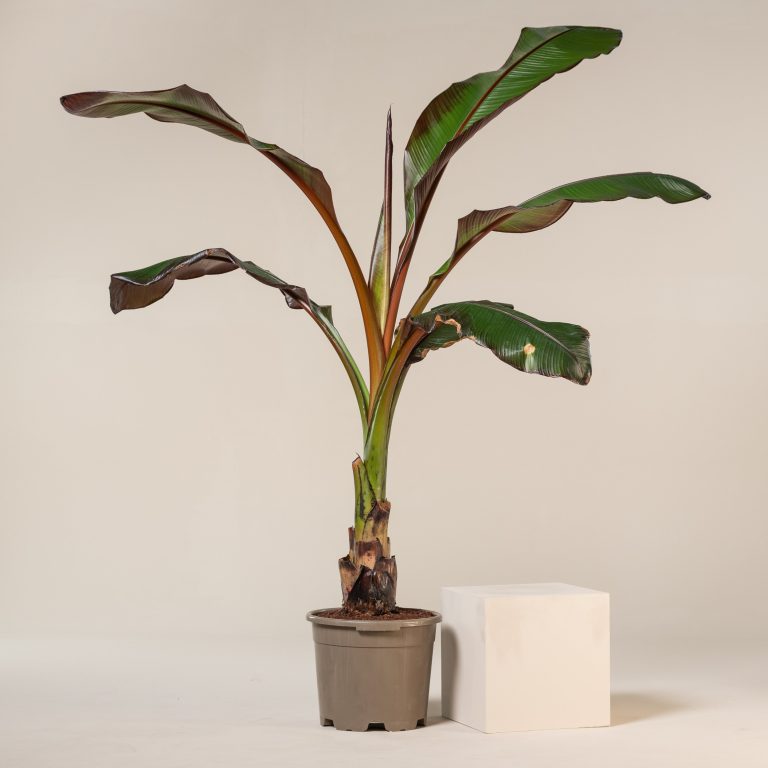
Repotting your indoor banana
Once you get the banana plant back home, the best thing to do is to repot it in a larger pot. Bananas get stunted growth at the slightest sign of being pot bound. Make sure you use a good houseplant compost or a John Innes no. 2 mix.
If you prefer to have the plants in a decorative cover pot, make sure to keep the plants in a plastic nursery pot, placed inside of a decorative pot, on top of a layer of grit, pebbles or even sand. This layer will provide a reservoir for the excess water that drains when watering them.